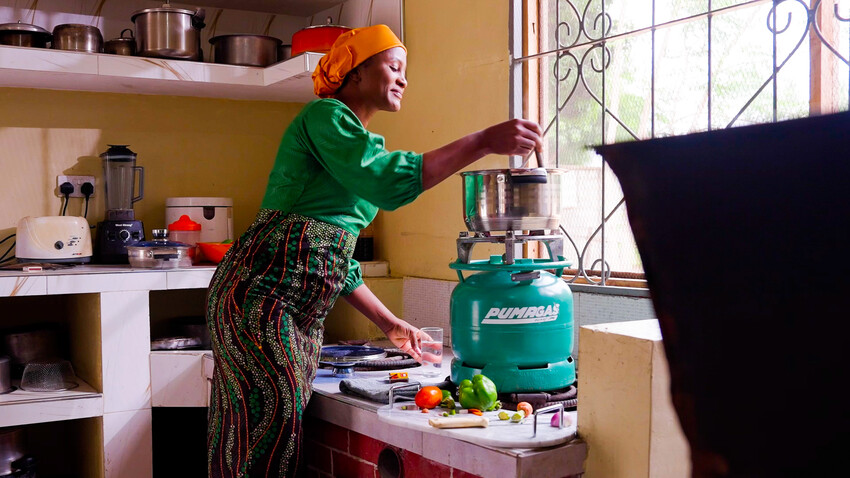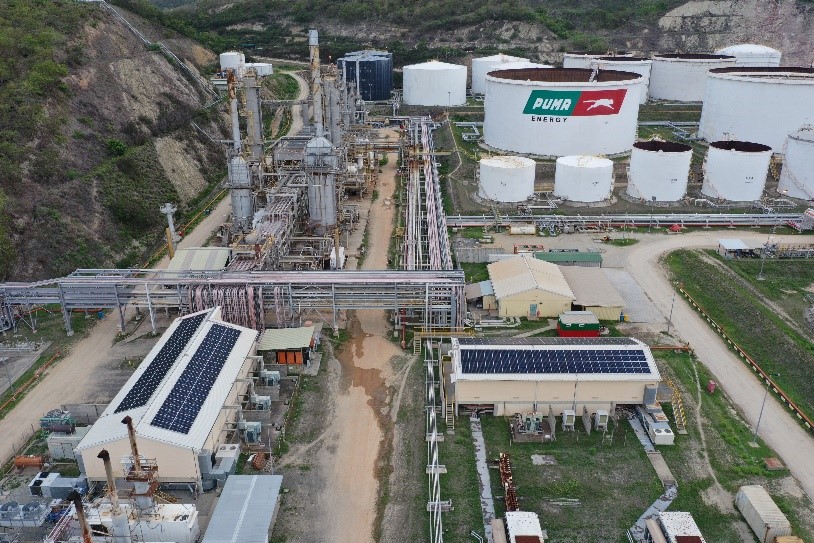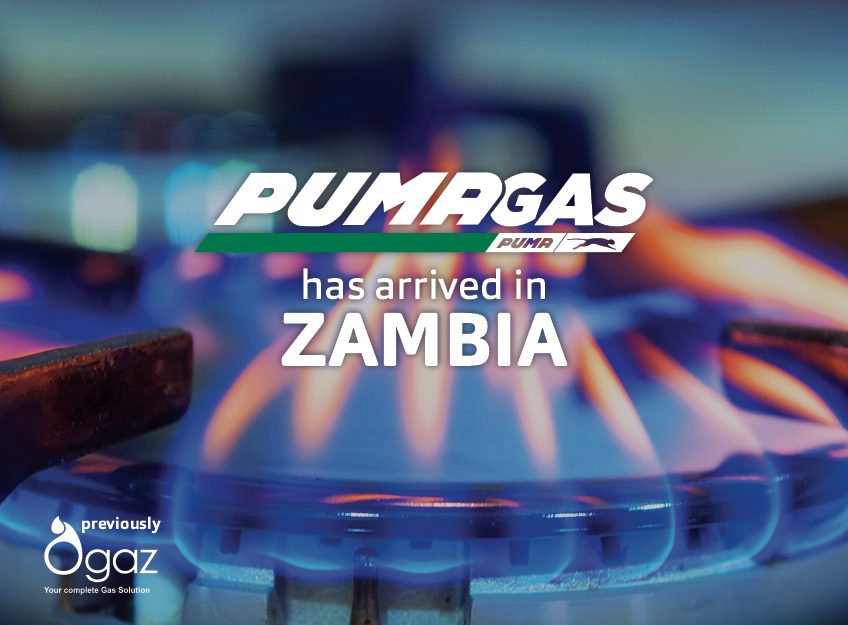
Singapore, 16 May 2024 – Puma Energy reaffirmed its commitment to enabling access to energy and clean cooking solutions during the International Energy Agency (IEA)’s Summit on Clean Cooking in Africa in Paris.
Alongside governments, private sector companies, international organizations and civil society who attended the Summit in Paris on 14 May, Puma Energy joined the Clean Cooking Declaration, which is committed to making 2024 the pivotal year for clean cooking.
By participating in the declaration, Puma Energy has pledged to “take concrete steps towards advancing the clean cooking agenda, through action on the ground, raising awareness, and fostering greater collaboration among the key stakeholders.”
“We are proud to support and advance clean cooking solutions in the communities in which we operate,” said Puma Energy’s Head of Africa Fadi Mitri. “We believe that LPG for clean cooking is a critical solution to Africa’s energy transition – offering healthier and cleaner cooking alternatives that benefit both people and the environment.”
According to IEA estimates, approximately 970 million people lack access to clean cooking fuels and technologies in Sub-Saharan Africa. Many households rely on solid fuels such as wood and charcoal, or kerosene, leading to environmental and health hazards.
Puma Energy provides safe, reliable and affordable energy solutions across sub-Saharan African Africa, and is encouraging the transition to cleaner, healthier cooking fuels through its Liquefied Petroleum Gas (LPG) offering. This bottled gas is cleaner, safer and portable, and can reach both urban and remote communities.
The company has scaled up its LPG solutions in the past years, starting with the launch of an LPG business in Tanzania, where Puma Energy uses technology to make access to LPG easier to both consumers and distributors and can track data to help reduce cylinder losses and improve circulation.
The company further expanded its LPG business in 2023 with the acquisition of Ogaz which supplies 18 percent of the LPG market in Zambia. Additionally in partnership with Zambia’s largest bank Zanaco, Puma Energy launched a microfinancing initiative to offer solutions for potential LPG consumers unable to afford the upfront cost of purchasing the basic required equipment.
– ENDS –
About Puma Energy
Puma Energy is a leading global downstream energy business, safely providing energy in more than 35 countries. Our downstream business segments include fuels, aviation, lubricants and bitumen. Our purpose is energising communities to help drive growth and prosperity by sustainably serving our customers’ needs in high potential countries around the world.
For further information visit: www.pumaenergy.com

